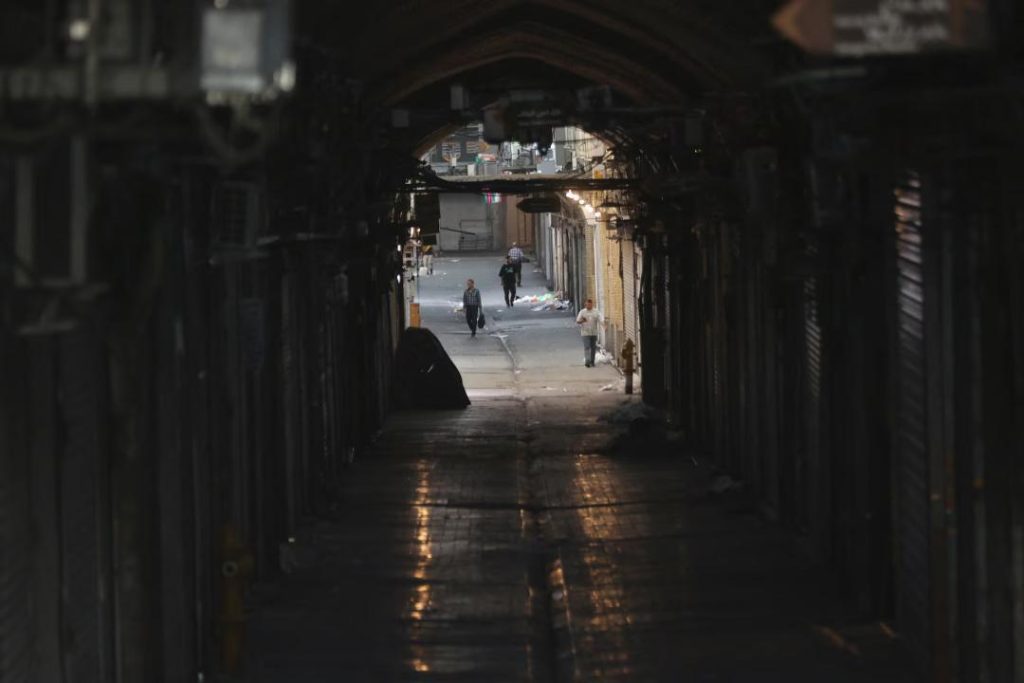
Why is it difficult for Israel to destroy Iran’s Fordow nuclear site?
The ongoing tensions between Israel and Iran have led to numerous attacks on Iranian nuclear facilities, with the Fordow nuclear site being a significant target. The site, located in the Natanz region, is believed to be a heavily shielded base buried deep beneath a mountain, making it a challenging target for Israeli airstrikes. According to experts, Israeli weapons may not be strong enough to breach Fordow’s defenses, and the country might require US military assistance to successfully destroy the facility.
The Fordow nuclear site is designed to resist airstrikes, with estimates suggesting that it is located around 80-300 feet underground. This depth provides significant protection against conventional air attacks, making it difficult for Israeli fighter jets to penetrate and destroy the facility. Moreover, the site is believed to be built with reinforced concrete and steel, providing additional protection against bunker-busting bombs.
Israel has been known to use advanced military technology, including bunker-busting bombs, to target enemy facilities. However, even with these capabilities, the Fordow site’s depth and reinforced structure make it a formidable target. In the past, Israel has used advanced bombs, such as the GBU-28, to target hardened targets like underground bunkers. However, these bombs are designed to penetrate relatively thin concrete and may not be effective against the thick reinforced concrete and steel used in the Fordow site.
Furthermore, the Fordow site is believed to be equipped with advanced air defense systems, including surface-to-air missiles and anti-aircraft guns. These systems would make it difficult for Israeli aircraft to approach the site undetected, increasing the risk of being shot down or forced to retreat.
The Israeli military has a reputation for being one of the most technologically advanced in the world, with a strong track record of successfully targeting enemy facilities. However, even with their advanced capabilities, the Fordow site’s unique design and location make it a challenging target.
The US military has been involved in several operations targeting Iranian nuclear facilities in the past, including the Stuxnet worm, which was designed to disrupt Iran’s nuclear program. However, even with US assistance, destroying the Fordow site would be a complex and challenging operation.
In recent years, there have been several reports of Israeli strikes on Iranian nuclear facilities, including the Natanz nuclear facility in 2020. However, the Fordow site has not been directly targeted, likely due to its heavily shielded design and the difficulties involved in destroying it.
The ongoing tensions between Israel and Iran are likely to continue, with both sides engaged in a game of cat and mouse. The Fordow site remains a significant target for Israel, and it is likely that the country will continue to seek ways to destroy it. However, the site’s unique design and location make it a challenging target, and it is unclear whether Israel will be able to successfully destroy it without US military assistance.
In conclusion, the Fordow nuclear site is a heavily shielded base buried deep beneath a mountain, making it a difficult target for Israeli airstrikes. The site’s depth and reinforced structure provide significant protection against conventional air attacks, and its advanced air defense systems make it difficult to approach undetected. While Israel has a reputation for being one of the most technologically advanced military forces in the world, even with their advanced capabilities, the Fordow site’s unique design and location make it a challenging target. It remains to be seen whether Israel will be able to successfully destroy the Fordow site, but it is likely that the country will continue to seek ways to do so.






